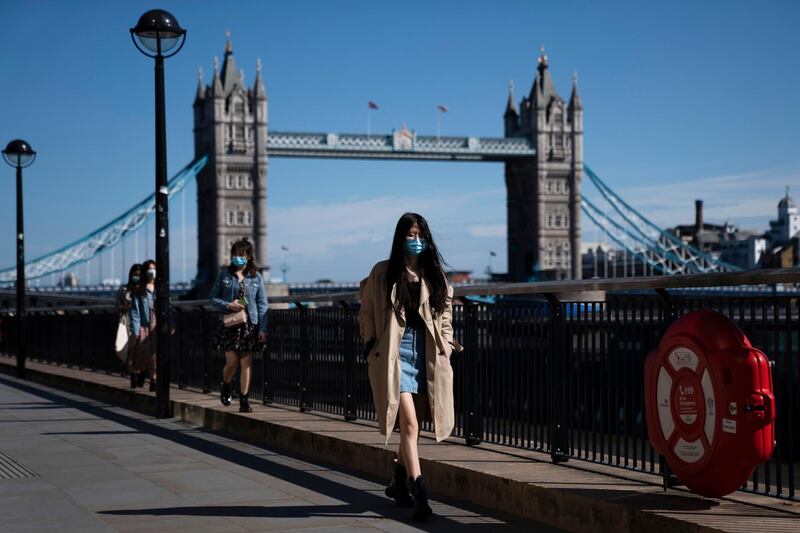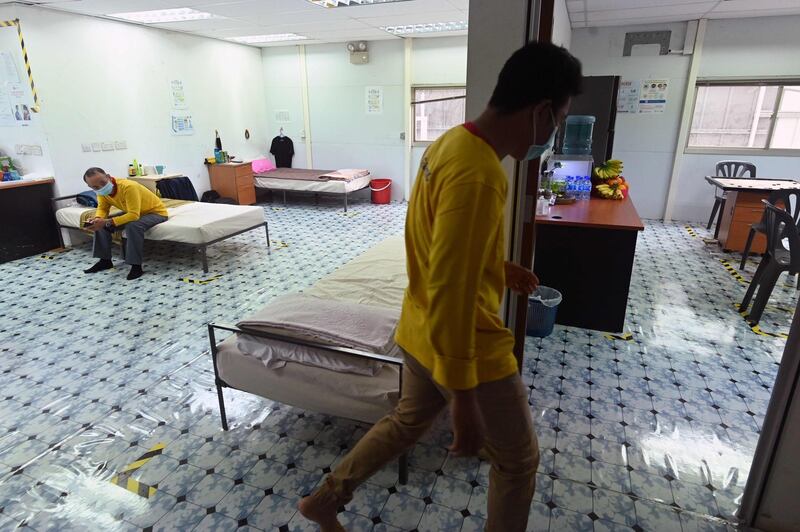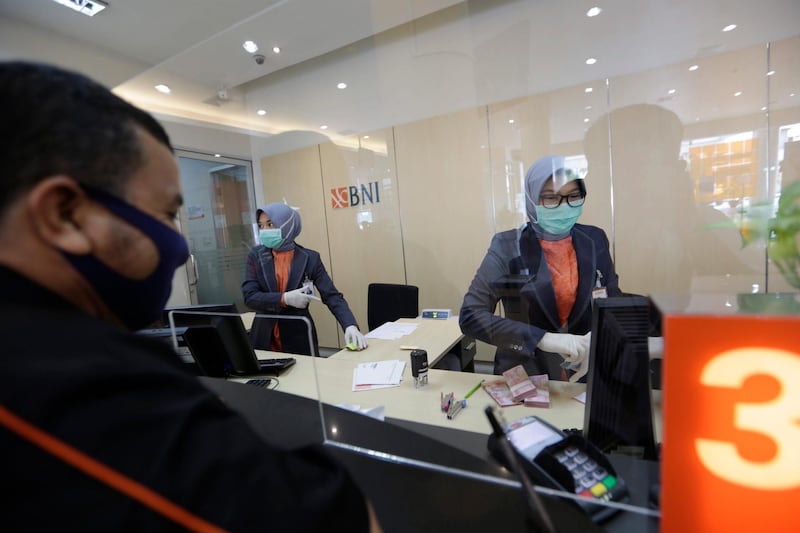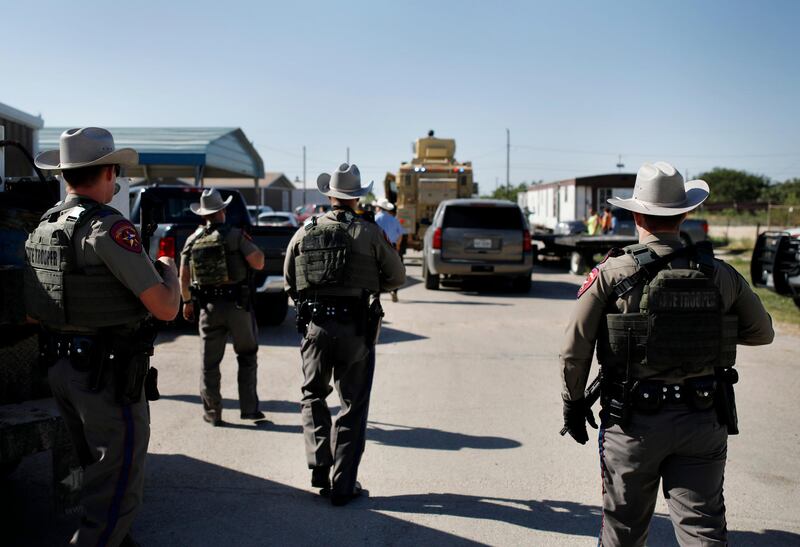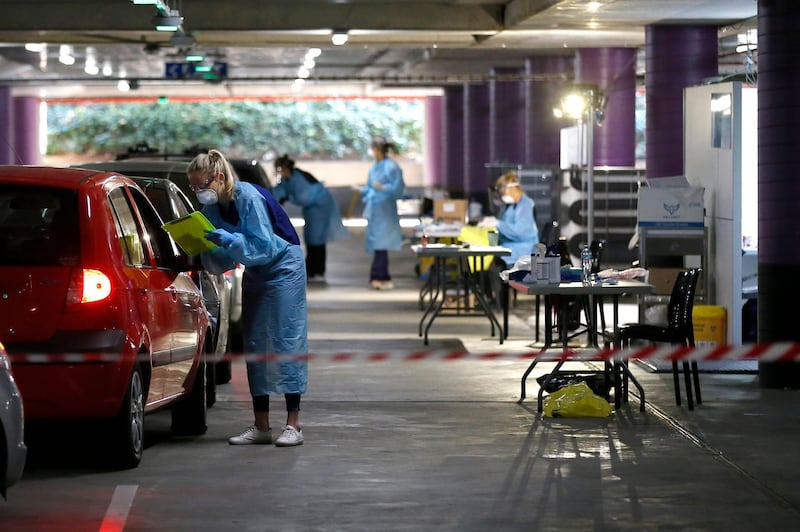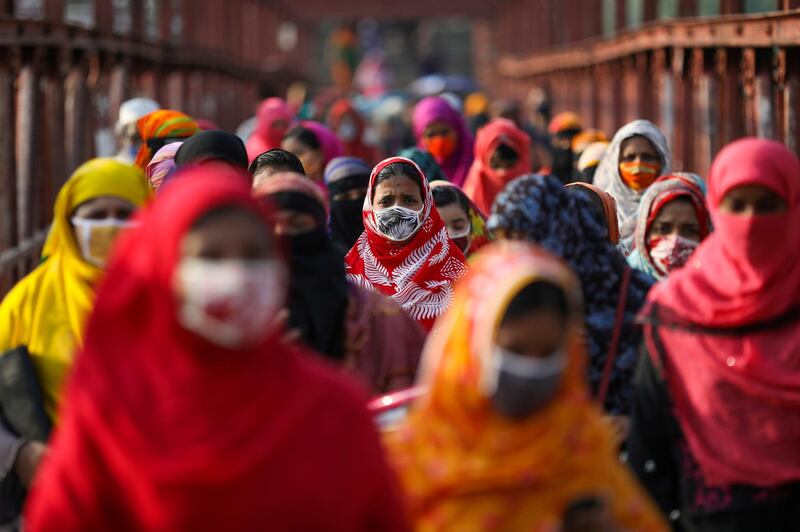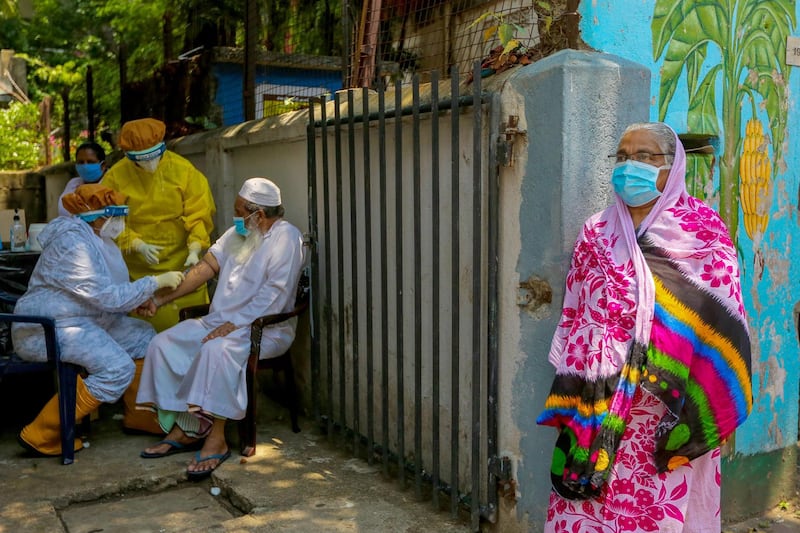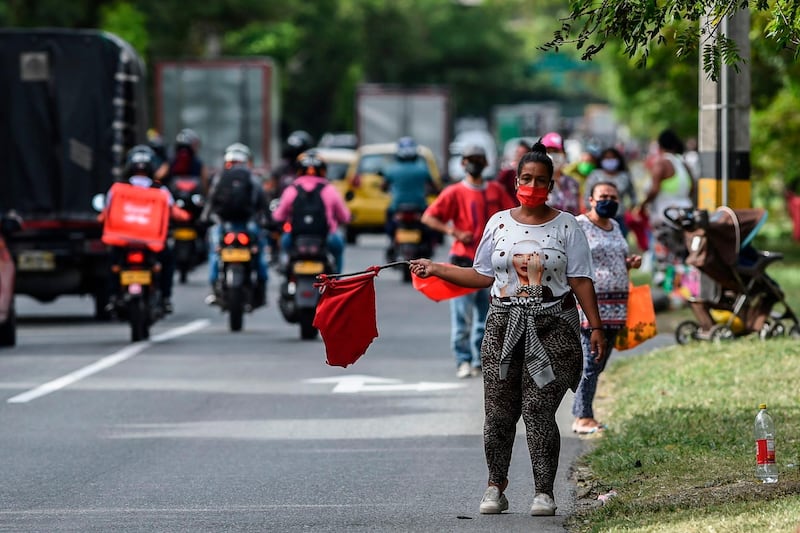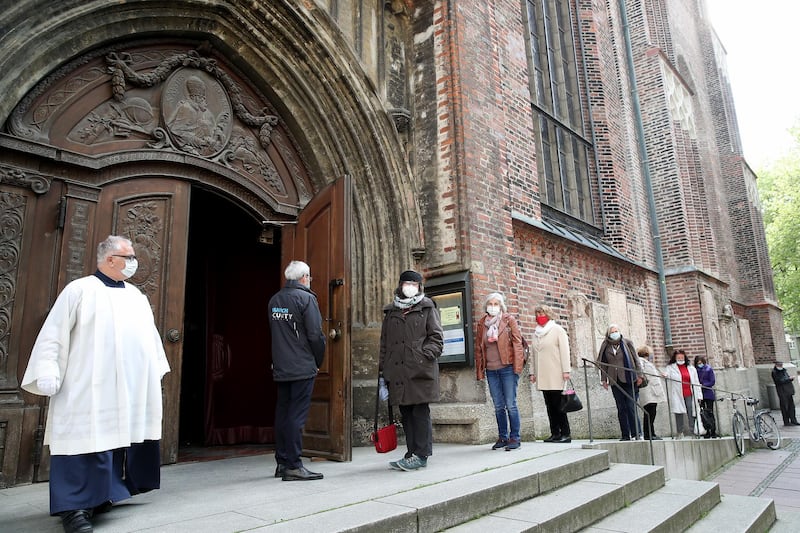The Labour Party’s new leader Sir Keir Starmer warned the government last week that Britain was heading towards the “worst death rate in Europe”. Sadly, his prediction has come true.
Total deaths from Covid-19 reached 32,313 according to long-range figures issued by the Office for National Statistics on Tuesday.
The slightly lower data given in the raw daily toll announced by the government reached 29,427, higher for the first time than Italy, which has suffered 29,315 fatalities. Only the US has suffered more deaths.
The government’s late decision to impose a strict lockdown in Britain is now under scrutiny as a major factor accounting for Europe’s highest death count.
Dr Ilan Kelman, of University College London, blamed the slow lockdown, underfunding of Britain's National Health Service, and demographics for the UK having emerged with the highest fatalities.
Despite good polling on its handling of the crisis, Boris Johnson’s government will face increasingly uncomfortable questions over a week-long delay before imposing a lockdown in March.
For now, the prime minister, who recently recovered from Covid-19, can at least take heart from a poll by Edelman PR that shows public trust in the government has risen from 36 per cent to 60 per cent.
That figure could change when tough examination is made of his government’s initial decision making.
In early March, a week after most of Europe went into lockdown, commuters in London were still travelling in packed carriages on the London Underground as well as on buses and trains.
In mid-March, despite extraordinary infection rates in Italy and Spain, British scientists and politicians were still talking about "herd immunity" and delaying a shut down. The thinking was that the general public would begin to ignore the rules after a few weeks' confinement.
It was only on March 23 that full lockdown was imposed. By then, Britain’s borders had been open for weeks to Covid-19 carriers. In one instance, 3,000 football fans from Madrid descended on Liverpool for a Champions League match even as the Spanish capital was in lockdown. Potential "super spreaders" from Liverpool then went to the Cheltenham racing festival where a crowd of 250,000 racegoers from across Britain and Ireland gathered in close proximity.

Dr Kelman, professor of disasters and health at the University of London, believes that the lack of resources for NHS staff has been telling, in particular the shortages in personal protective equipment and ventilators. He also highlighted the deaths of more than 100 medical staff.
"Underfunding has put pressure on the NHS to the point that hospitals have to declare a major incident when they are overwhelmed by patients," Dr Kelman told The National. "This has left staff overworked and exhausted even before this crisis started. While the staff dedication is extraordinary, the UK's reputation for health care has not been good for a long time with continued under-investment," he said.
“The exact number of deaths will never be known. Too many people have passed away and have never been tested for Covid-19.”
The population density in crowded British cities had also accounted for the extremely high infection rate. Britain has a higher number of people per household than other northern European countries, with 2.4 people per home compared to less than two in Norway and Sweden.
Anthony Costello, the director of the Institute for Global Health, at UCL, is among those who have criticised the British government's failure to implement a contact tracing strategy soon enough.
"We're going to face further waves and so we need to make sure we have a system in place... that enables you to test people," Prof Costello told a parliamentary hearing.
British politicians emphasise that the lockdown came in time by preventing the NHS from being overwhelmed by patients. But to date no one in Whitehall has given a clear answer as to why the UK's death toll is so high compared to other countries.
Politicians have suggested that it is too early to make international comparisons because other countries have different ways of counting. Spain, for example, does not as yet include deaths in care homes.
But comparisons are frequently made with South Korea, a democratic country that - with a similar population (51 million) to Britain (66 million) - has suffered only 254 deaths. It is suggested that the Koreans, with their experiences of SARS and other outbreaks, had learnt crucial tactics, such as contact-tracing, that were not followed in the West. Those lessons appear all the more important as many of Europe’s economies face deep recession.
Only now is the British government putting all its efforts into combating the virus’s spread with a major test and contact-tracing programme, a proposal that had originally been dismissed by Whitehall but is today very much seen as a saviour.
The NHS pilot app will go live on Tuesday on the Isle of Wight, the island just off Portsmouth, with 80,000 households asked to download it on to their phones. Individuals’ positioning will be recorded via Bluetooth. If an app user reports symptoms, other people who have been in close proximity to them will be sent an alert with advice on testing and self-isolation.
A force of contact tracers will help highlight and contain areas of infection. The system has worked well in Germany and South Korea, which may explain why both have low death tolls.
If successful, the new system will be rolled out across the country in a fortnight. In the meantime, Britain is expected to stay in lockdown at least until the end of this month.
Britain’s fatality figure jumped significantly from 29,000 today when the Office for National Statistics published the latest numbers for registered deaths that mentioned Covid-19 up to May 2. The figure will be a worry as only last week predictions of 40,000 dead seemed high.
Last month, the Institute for Health Metrics and Evaluation, Seattle, was accused of “scaremongering” when it suggested that Britain’s death toll could reach 66,000 by August, accounting for 40 per cent of total deaths across Europe.
Unless the “test, track and trace” plan works, then that grim total does not appear out of reach.
